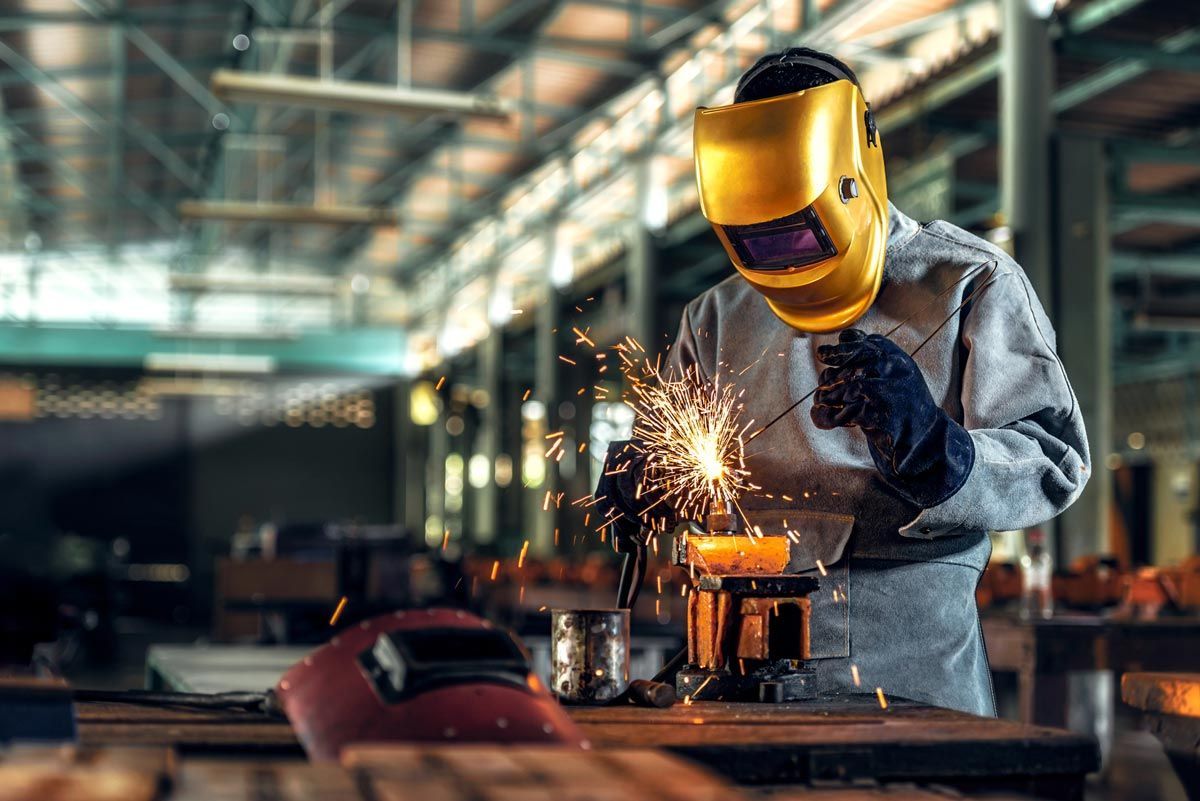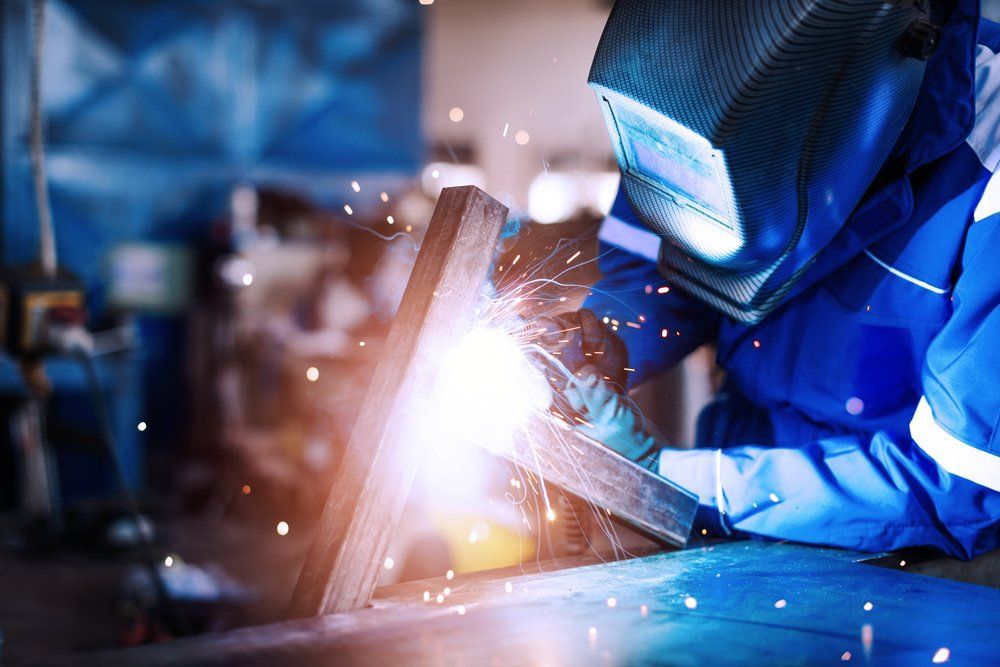Common Welding Hazards and How to Avoid Them

Like most industrial fields, welding poses various dangers to operators and other workers. The good news is that most of the hazards associated with welding can be avoided if well understood.
Knowing and understanding common welding hazards is a good way to protect operators and other workers from danger. In this piece, we will outline common welding hazards as well as how you can stay safe.
Welding hazards
Welding hazards vary between their causes and the form in which they occur. For you to have a better understanding, let's look at common welding hazards in detail.
Electric Shock
Electric shocks are common during welding and can lead to severe injuries or even death. Electric shocks occur when a welder touches two metal objects with high current flow. The live current used to melt metals is quite high and can be fatal if conducted through the human body. Injuries result directly from electric shocks as well as from the confusion and loss of balance after being shocked.
Fumes and Gases
Every type of welding emits different gas combinations. The most common of these gases are carbon monoxide, nitrogen, hydrogen fluoride, arsenic, lead, and aluminum. Exposure to these fumes could lead to eye, nose, and throat problems. Long-term exposure to fumes may lead to adverse health effects such as nervous system damage, respiratory illnesses, cancer, stomach ulcers, and kidney damage.
Fires
Fires and explosions in welding workshops are quite common. Welding generates sparks that travel almost 35 feet
. If these sparks land on flammable materials, a fire could start, or, even worse, an explosion may take place. Workers with grease-soiled gear are at a greater risk of burning in case a fire breaks out.
Electric welding arcs are also known to lead to skin burns if they land on welders' skin. The burning effect results from ultraviolet radiation produced by the electric welding arcs.
Physical Hazards
Welding poses some basic physical hazards that are associated with the working environment. These physical hazards during welding include welding equipment falling on welders, operators falling on sharp objects, and operators slipping and falling while working on high ground. Physical hazards may lead to cuts, crushed fingers, toes, burns, eye damage, and broken bones.
Tips on Staying Safe
Welding can be very dangerous if you don't know how to stay safe. To make sure you are on the safe side, here are a few tips to reduce the risk of being a victim of the discussed hazards.
Acquire Proper Training
Welders who have been trained are by far safer than untrained apprentices are. Training sessions include how you can keep yourself safe while welding, which is crucial in reducing risks.
Wear Protective Gear
Putting on the right gear when welding will protect you from most, if not all, of the welding hazards.
Inspect Equipment and Your Working Area
Faulty welding equipment could trigger some of the hazards. Ensuring your equipment is in working order and your working area is in the right condition will help keep you safe.
Go for Regular Medical Check-Ups
Understanding your health and Occupational Exposure Limits (OELs) will help you keep yourself safe from intoxication by the gases and fumes.
Adhere to Fire Safety Regulations
The law requires every building to have a fire extinguisher. Since welding workshops are at higher risks of fire breakouts, having more fire extinguishers placed in strategic positions could help keep everyone safe. A fire detection system would also be efficient.
Follow Basic Workshop Rules
Always follow basic procedures and rules while welding or working in a welding workshop for maximum safety.
A lot of things could go wrong during welding. Understanding the various welding hazards that exist enables you to keep yourself and others safe. To be a better welder and minimize the risk of being a victim of any welding hazards, make sure to follow the safety precautions highlighted in this blog.
At Sam's Welding, Inc, we understand these hazards and take the necessary precautions to avoid them. Contact us
today to fulfill your welding needs.






